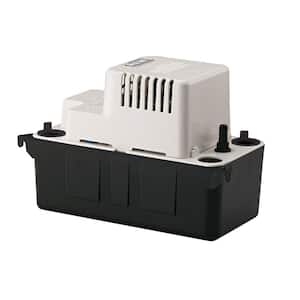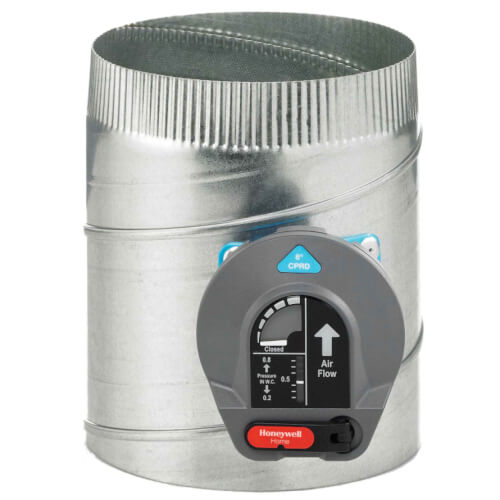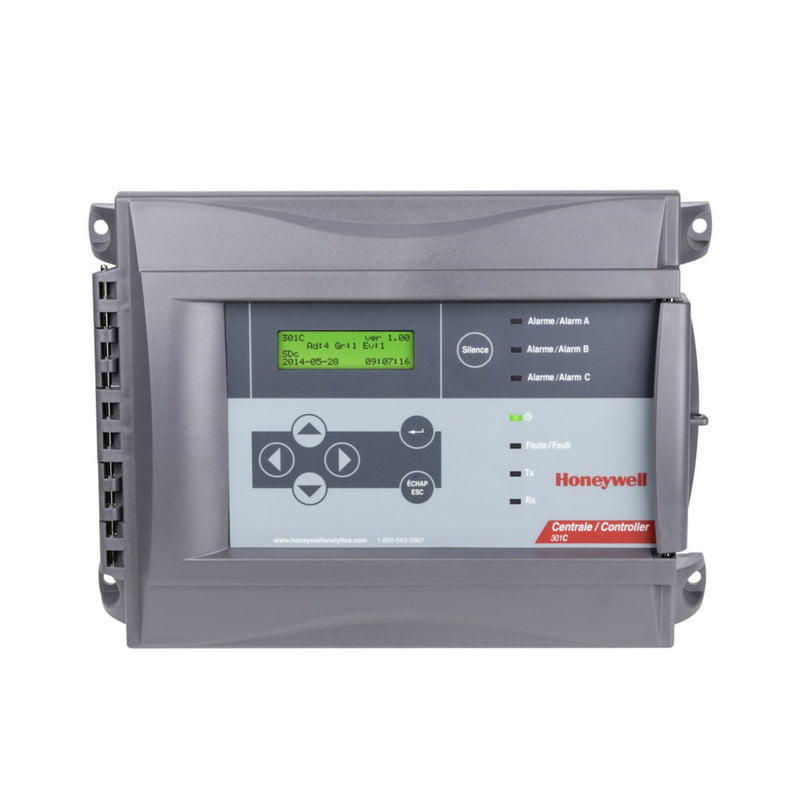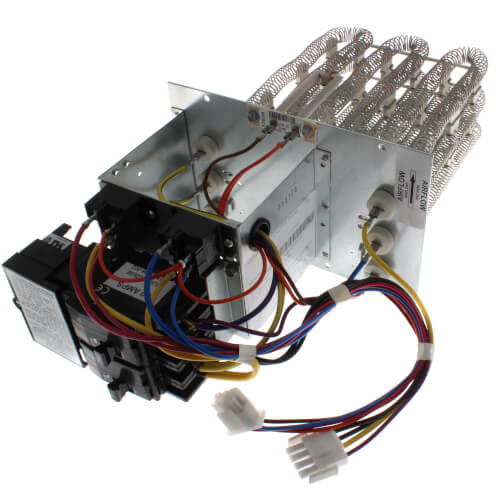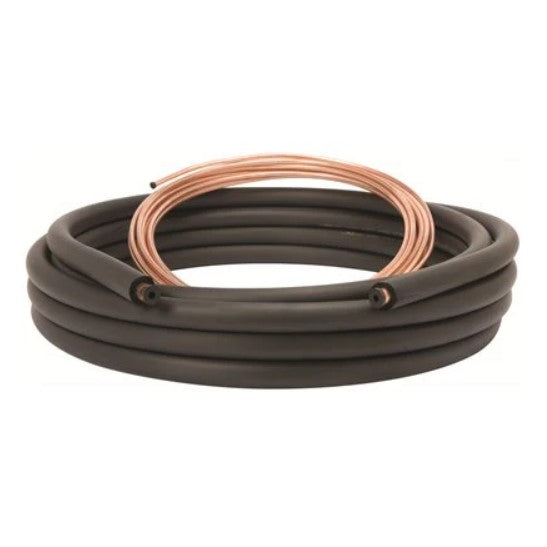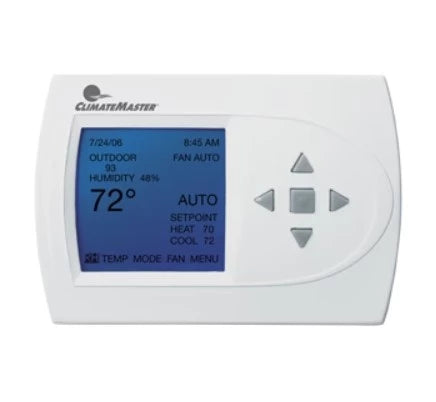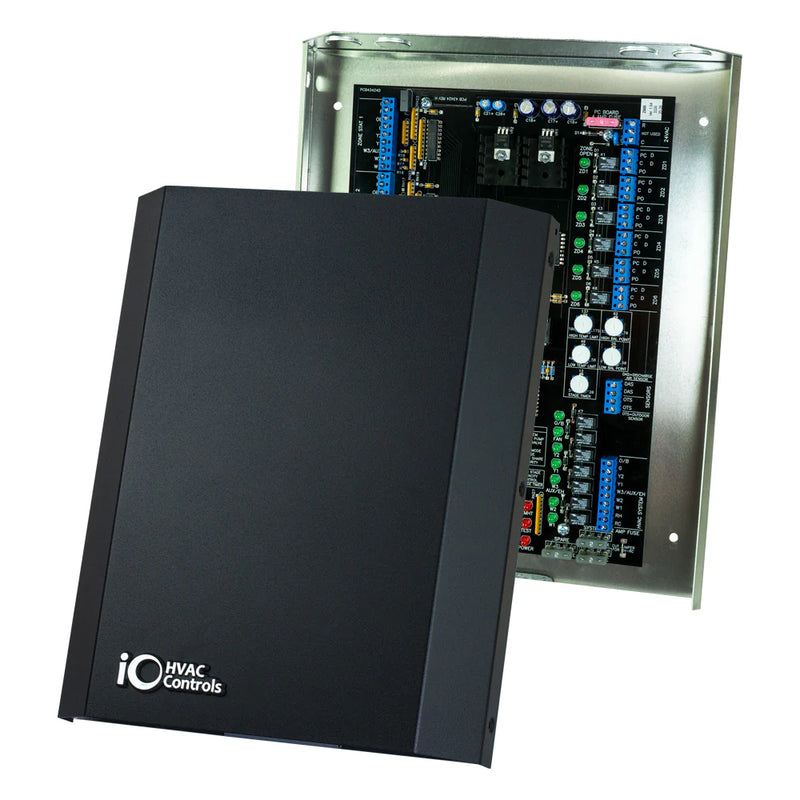Size
Brand
- Sort by Featured
- Sort by Best Selling
- Sort by Alphabetically, A-Z
- Sort by Alphabetically, Z-A
- Sort by Price, low to high
- Sort by Price, high to low
- Sort by Date, new to old
- Sort by Date, old to new
Size
Brand
What are HVAC Dampers?
Heating, ventilation, and air conditioning (HVAC) systems have become an integral part of modern life. They provide clean and comfortable temperatures in a variety of settings ranging from homes to office buildings. One important component of these systems is the HVAC damper, which helps regulate air flow throughout the system.
What Does an HVAC Damper Do?
An HVAC damper acts as a valve that opens or closes to allow for more or less air flow within the system. This regulation can be used to control temperature and humidity levels as well as directing fresh air from outside into the building. Dampers can be manually adjusted or operated electronically depending on their function and type.
Different Types of HVAC Dampers
There are several different types of dampers that can be used in an HVAC system, each with its own purpose:
Volume control dampers
These dampers help regulate the amount of air that passes through ducts by adjusting the opening size.
Fire/smoke dampers
Fire/smoke dampers act as emergency shutoffs, either automatically or manually triggered in case of a fire so that smoke doesn't spread further through the ducts.
Pressure relief dampers
Pressure relief dampers help reduce pressure imbalances within a building’s HVAC system by opening when needed to let excess pressure escape.
Backdraft/inlet dampers
Backdraft/inlet dampers keep air from flowing back into a proper ventilation system when not in use, such as during times when the vents aren't being actively used.
Zone dampers
Zone dampers are used to control temperatures in different parts of a building by allowing more or less airflow into each zone separately, helping to save energy costs associated with heating and cooling larger spaces all at once.
Combination fire/smoke and volume control dampers
As their name implies, combination fire/smoke and volume control dampers serve both functions simultaneously by regulating airflow while also providing emergency protection against fires spreading throughout a building's ventilation system.
Installing and Maintaining HVAC Dampers
The installation process for most types of HVAC damper is relatively straightforward - they are usually connected directly onto existing ducts using clamps or screws - but it is always best practice to consult a professional before attempting any modifications yourself. Properly installing an HVAC damper ensures optimal performance and prevents any unnecessary damage to other components within the system.
Once an HVAC damper is installed, it should be periodically inspected for any signs of wear and tear, such as bent blades or malfunctioning mechanisms; this routine maintenance can help prevent any potential safety hazards from arising due to improper functioning of the damper itself. Additionally, failure to adequately maintain your damper could lead to higher energy costs over time due to inefficient performance caused by accumulated dirt or debris buildup inside the unit itself or along its blades' edges over time.
In conclusion, understanding how an HVAC damper works and how it interacts with other components within your heating and cooling system can help ensure optimal performance year-round while saving energy costs associated with running your home's climate controls efficiently for years down the line!









